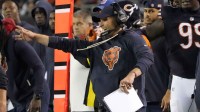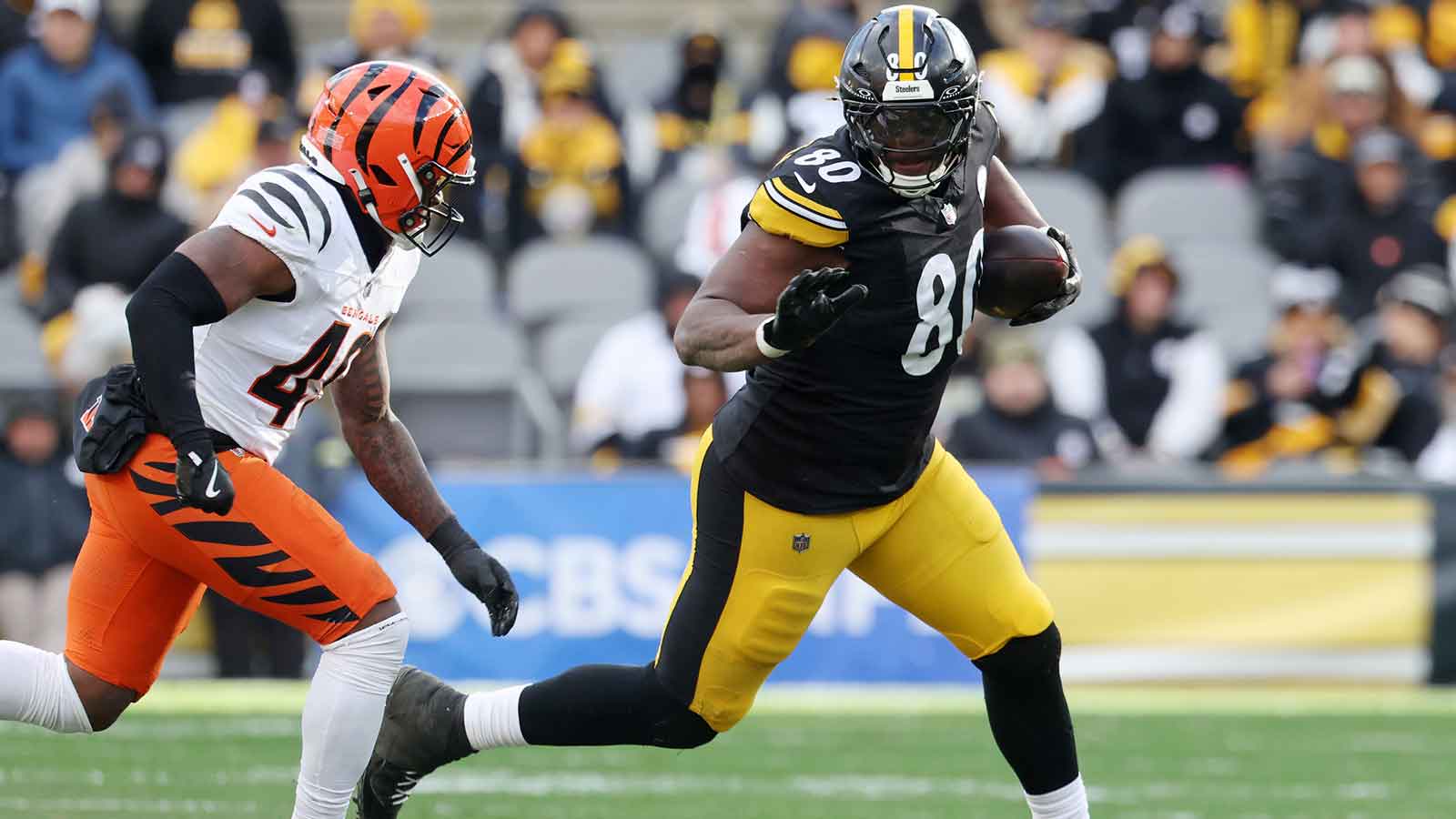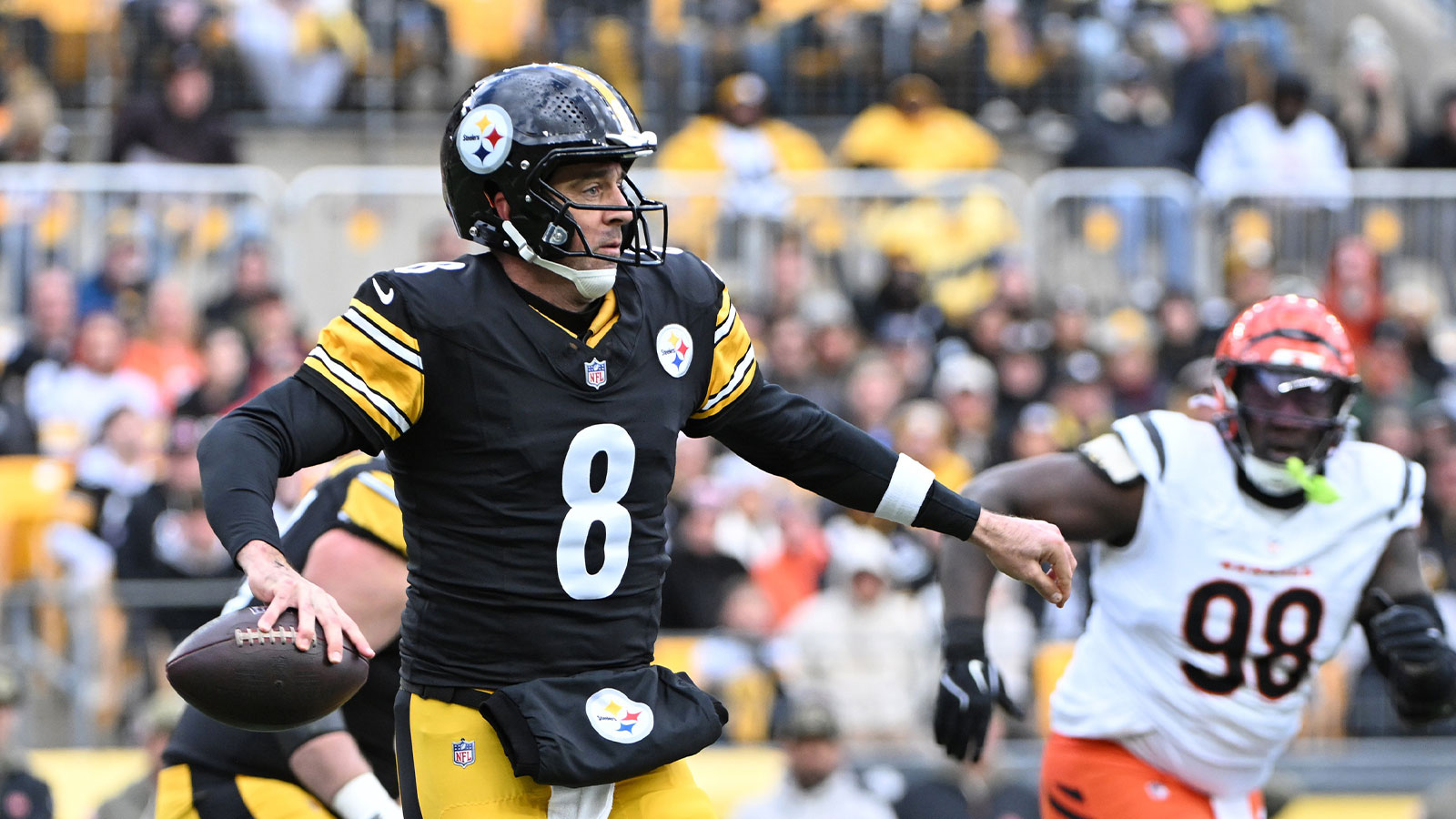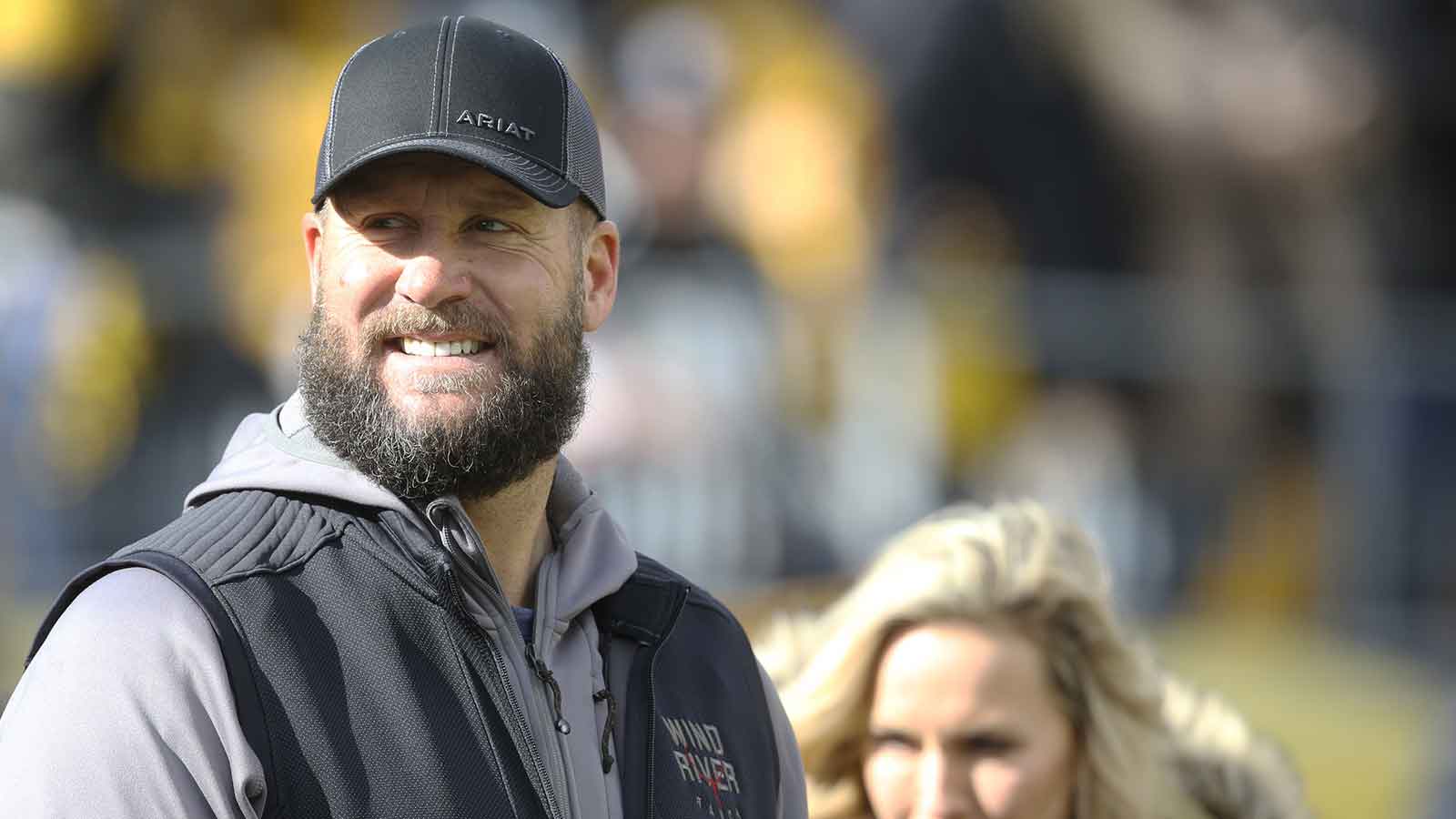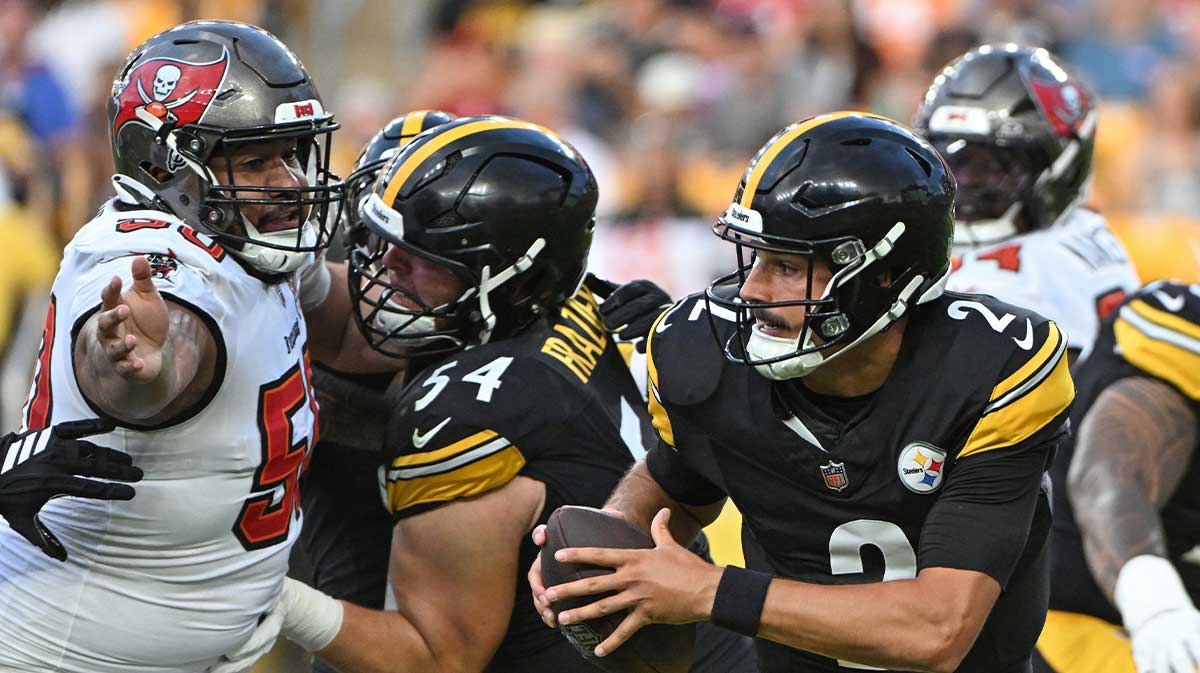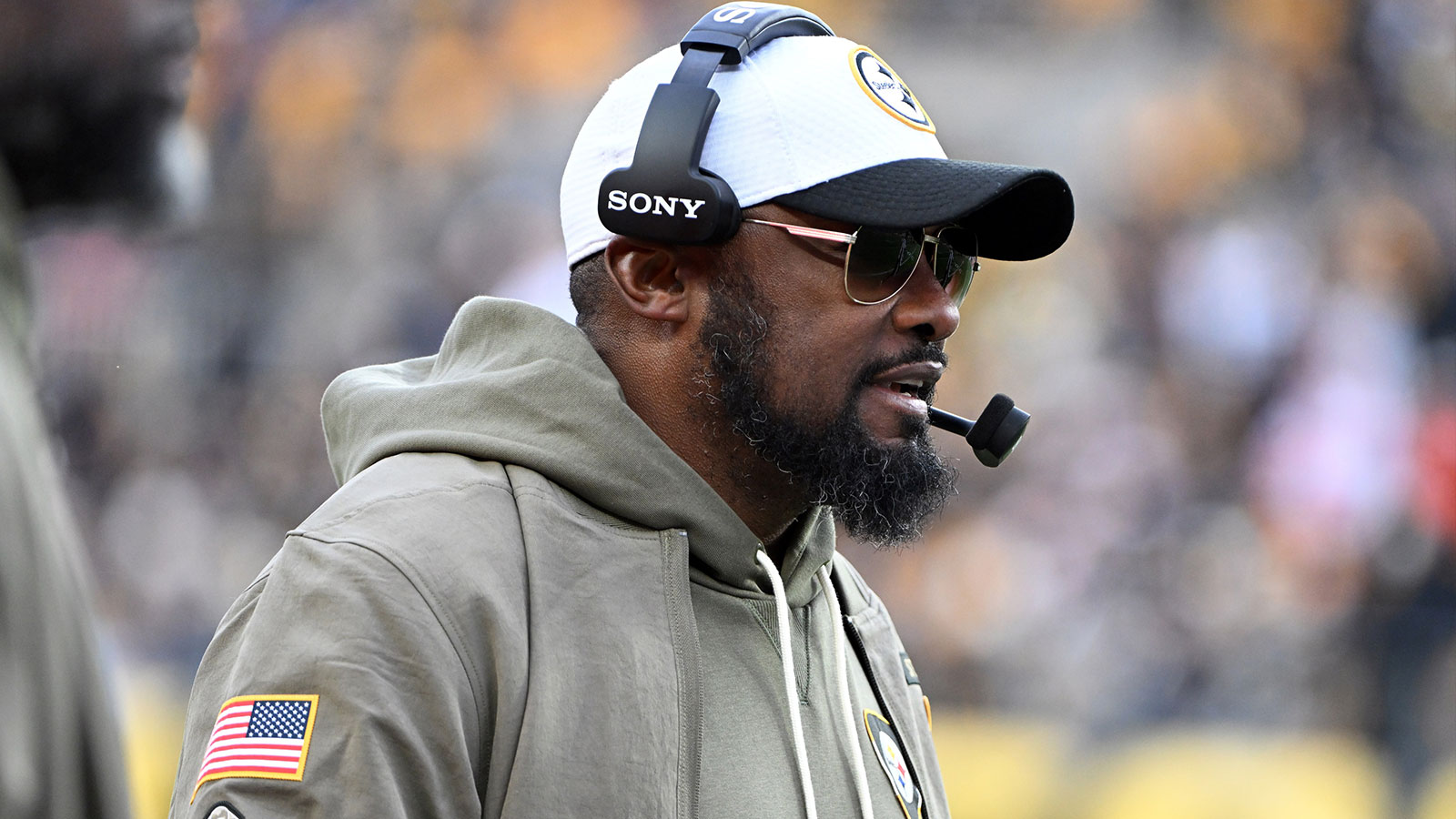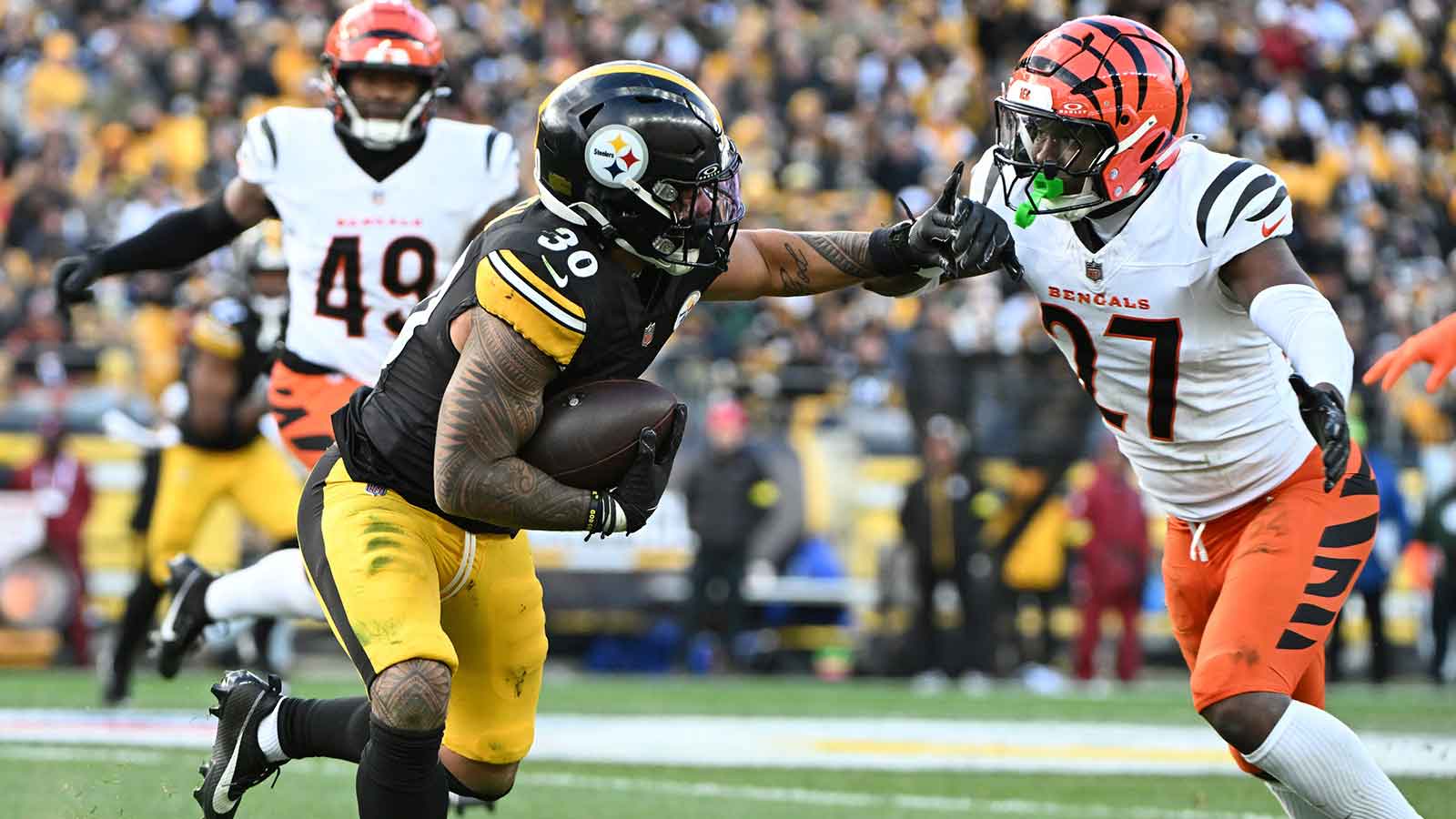The Pittsburgh Steelers, one of the most storied and consistent franchises in the NFL, have hit a rough patch with their star running back Najee Harris. The once-promising relationship has soured, per Steelernation's Brogan Noey, partly due to a series of strategic missteps by the organization and the immense pressure placed on Harris early in his career.
Insider Mark Kaboly recently shed light on the roots of this tension during an appearance on The PM Team w/Poni & Mueller on 93.7 The Fan.
Najee Harris was drafted by the Steelers in the first round of the 2021 NFL Draft, coming off a stellar college career at Alabama where he lost just four games. His rookie season was promising, coinciding with the final year of Ben Roethlisberger's illustrious career.
As Roethlisberger retired, the leadership void he left was substantial. In an attempt to fill this void, the Steelers thrust Harris into a leadership role, naming him an offensive captain in his second season. However, this decision may have been premature.
“They may have thrown him into that leadership role a little bit earlier than he was ready for, and it wasn't good for them to pull back on that last year. They portrayed him as ‘that guy' moving forward after his rookie season, and obviously, that didn't pan out.” Kaboly noted.
The Steelers struggled mightily in the post-Roethlisberger era. They started the 2022 season with a dismal 2-6 record, a stark contrast to Harris' college experience with Alabama. This losing culture was foreign to Harris and contributed significantly to his frustration. His difficulty adjusting was evident in his media interactions, which became increasingly terse and infrequent.
Harris' inability to maintain his captainship going into the 2023 season further strained his relationship with the team. The offense continued to falter under offensive coordinator Matt Canada, and Harris’ frustration was palpable.
Unlike seasoned team leaders like T.J. Watt and Cam Heyward, who adeptly handle media interactions regardless of the game's outcome, Harris struggled to navigate these pressures. He even publicly requested more involvement in the offense, a move that didn’t sit well with the team's management.
What else has led to the downfall of Najee Harris and the Steelers relationship?
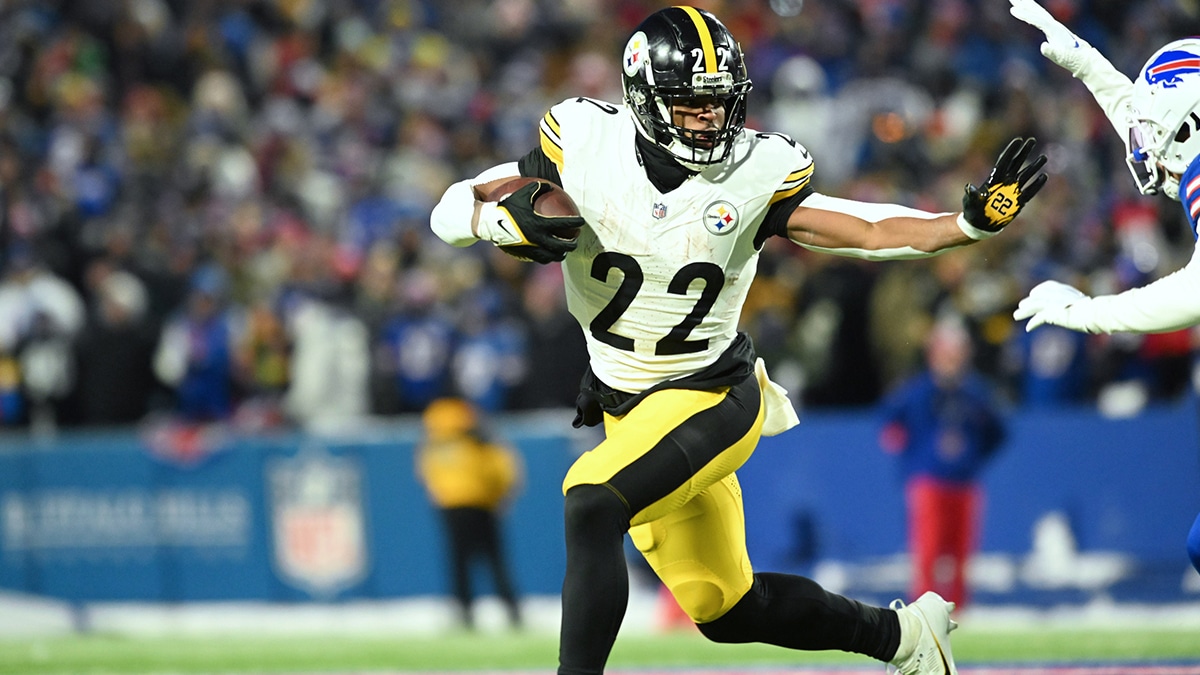
The relationship between Harris and the local media has also deteriorated. Throughout the 2023 season, Harris often avoided postgame media obligations, contributing to a growing perception of disengagement. The situation worsened during the 2024 offseason when the Steelers declined Harris' fifth-year option, raising questions about his future with the team.
Kaboly commented on Harris' reaction to the declined option, stating, “He won't even acknowledge anybody. We won't find out how he feels until Tuesday or Wednesday when he is required to talk. But, he was required to talk after games last year and missed two or three of those.”
The silence from Harris during Organized Team Activities (OTAs) has only fueled speculation. As per NFL regulations, players are obligated to be available to the media, making Harris' reticence even more notable. His upcoming mandatory minicamp appearances will be crucial for clarifying his stance and future with the Steelers.
The Steelers' decision not to pick up Harris' fifth-year option was surprising to many, given his talent and potential. This move has led to rampant speculation about whether the team is working on a new deal or if Harris’ time in Pittsburgh is nearing an end. Kaboly’s insights suggest that the early pressure placed on Harris may have done more harm than good, impacting his performance and relationship with the team.
The team's management of Harris contrasts sharply with how they have handled other players. Veteran leaders like Watt and Heyward have been able to navigate their roles and media responsibilities effectively, highlighting a gap in Harris' adaptation.
“Harris has done the opposite, including publicly asking for the ball more,” Kaboly emphasized, which indicates a lack of alignment with the team's culture and expectations.
As the Steelers move forward, the focus will be on whether Harris can reconcile with the team and regain his form. His upcoming media appearances during the mandatory minicamp will be closely watched. These sessions could provide insights into his mindset and future with the Steelers. Harris’ ability to communicate effectively and demonstrate leadership will be critical in mending his relationship with both the team and the media.
The Steelers, known for their stability and success, must also reflect on their handling of Harris. The decision to thrust a young player into a leadership role prematurely and then retract that responsibility has had lasting repercussions.
Moving forward, the organization will need to consider how to better support their players’ development and manage transitions in leadership roles more thoughtfully.
The strained relationship between Najee Harris and the Pittsburgh Steelers underscores the complexities of team dynamics and player management in the NFL. Harris, once seen as a cornerstone for the post-Roethlisberger era, now faces an uncertain future.
The Steelers' handling of Harris' early career and leadership role has exposed weaknesses in their approach, necessitating a reassessment of their strategies.
As Harris prepares for mandatory minicamp, all eyes will be on his interactions and statements. The outcomes of these sessions will likely shape his future with the team and influence the Steelers' broader approach to player development and leadership cultivation. For now, the tension remains a focal point in Pittsburgh, highlighting the delicate balance between talent, leadership, and team cohesion in professional sports.




